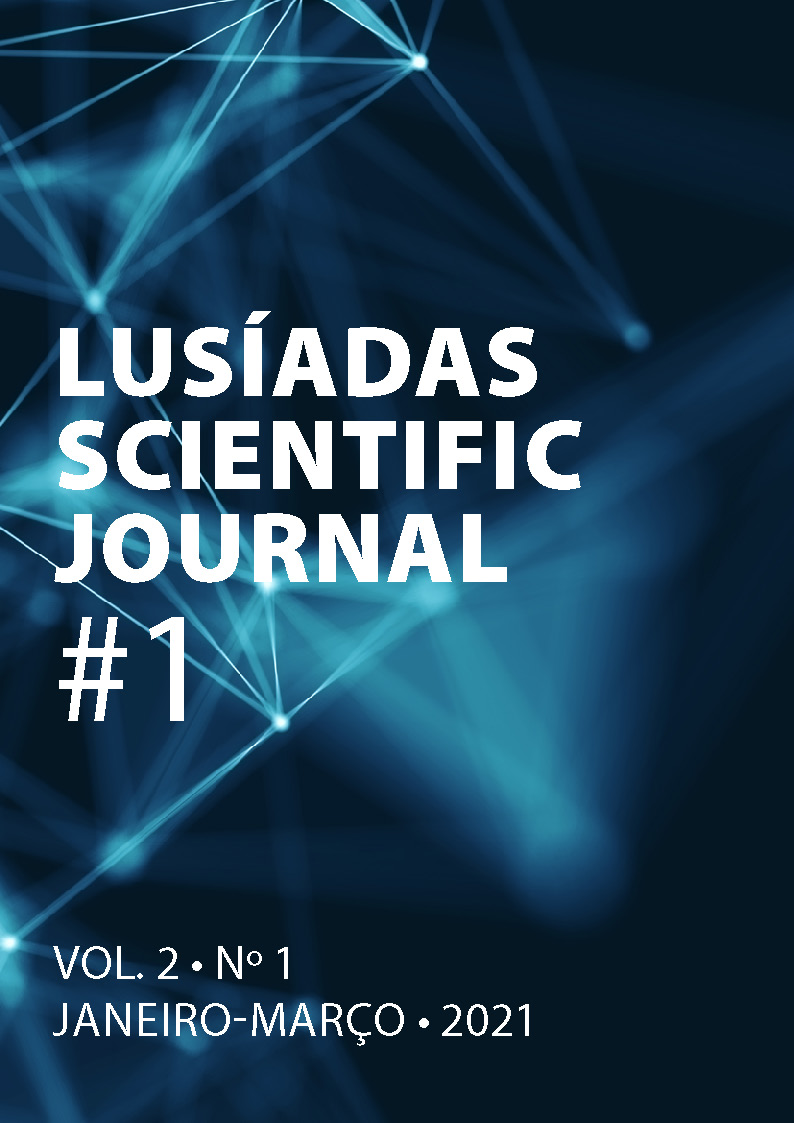Casos Clínicos
Fusão Ântero-Lateral Minimamente Invasiva da Coluna Lombar no Tratamento da Discopatia Degenerativa Multinível: Revisão da Técnica Cirúrgica a Propósito de um Caso Clínico
Conteúdo principal do artigo
Resumo
O tratamento da discopatia lombar multinível, não é consensual e representa um grande desafio para os cirurgiões. A técnica Minimally Invasive Spine Surgery - Oblique Lumbar Interbody Fusion (MISS OLIF), permite uma dissecção romba da parede abdominal lateral até à coluna vertebral. A via de acesso é anterior ao Psoas, evitando-se a lesão muscular e do plexo lombar, permitindo um pós-operatório bem tolerado, levante e alta precoce e um rápido retorno à vida ativa. Os autores apresentam um caso de uma paciente com queixas de lombalgia e claudicação neurológica, secundária a discopatia degenerativa da coluna lombar (L2-L5), operada por via OLIF-MI tendo-se obtido uma boa correção no plano sagital e coronal, assim como a descompressão indireta da estenose lombar e foraminal.

